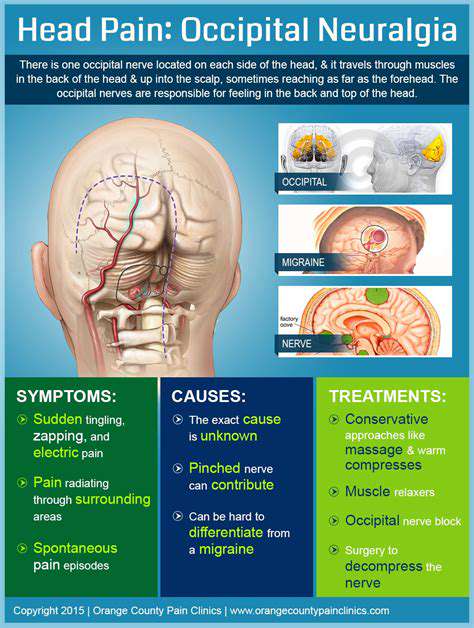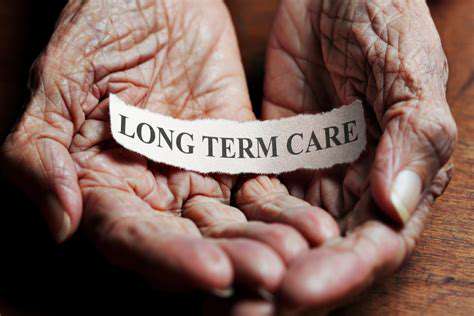Tension Headaches: Identifying Causes and Finding Relief
Lifestyle Adjustments for Headache Prevention

Dietary Changes for Headache Prevention
A crucial aspect of managing headaches involves understanding and addressing potential dietary triggers. Many individuals find that certain foods and drinks can exacerbate their headache pain. It's essential to keep a food diary to identify patterns and pinpoint specific culprits. This meticulous record-keeping will help you recognize which foods or drinks might be contributing to your headaches, allowing for targeted adjustments in your diet. For example, some people experience headaches after consuming foods high in tyramine, a naturally occurring amino acid found in aged cheeses, cured meats, and fermented products. By avoiding or reducing these foods, you can significantly decrease the likelihood of headache episodes.
Another key dietary adjustment is to ensure you're properly hydrated. Dehydration can often be a significant contributor to headache pain, and staying well-hydrated is a simple yet effective preventative measure. Carry a water bottle with you throughout the day and sip on water regularly, especially during physical activity or in warm weather. Consuming enough fluids helps maintain proper blood volume and reduces the risk of headaches.
Stress Management Techniques for Headache Relief
Stress is a significant trigger for many types of headaches, and incorporating stress management techniques into your daily routine can be incredibly beneficial. Practicing relaxation exercises like deep breathing, meditation, or progressive muscle relaxation can help reduce stress levels and prevent headaches from arising. These techniques work by calming the nervous system and promoting a sense of well-being, which can lead to a significant reduction in headache frequency and intensity.
Regular exercise is another crucial stress management tool. Engaging in physical activity releases endorphins, which have mood-boosting effects and can alleviate stress. Finding an activity you enjoy, whether it's yoga, swimming, running, or dancing, can be a great way to incorporate exercise into your routine, and the benefits extend beyond stress management, improving overall physical and mental health.
In addition to exercise and relaxation techniques, consider incorporating mindfulness practices into your daily life. Mindfulness involves focusing on the present moment without judgment. Practicing mindfulness can help you become more aware of your body's signals and better manage stress responses, which can significantly reduce the likelihood of headache episodes. Mindfulness activities, such as meditation, can be incorporated into your daily routine, even if you only dedicate a few minutes each day.
Sleep Hygiene and Headache Prevention
Adequate sleep is essential for overall well-being, and consistent sleep patterns play a critical role in preventing headaches. A lack of sleep can lead to increased stress hormones, which can trigger headaches in susceptible individuals. Establishing a regular sleep schedule, even on weekends, helps regulate your body's natural sleep-wake cycle, improving sleep quality and reducing the risk of headaches.
Creating a relaxing bedtime routine can also significantly improve sleep quality. This might involve taking a warm bath, reading a book, or listening to calming music. Creating a conducive sleep environment is equally important. This means keeping your bedroom dark, quiet, and cool to promote a restful sleep environment. Making these simple adjustments to your sleep hygiene can have a profound impact on preventing headaches.







